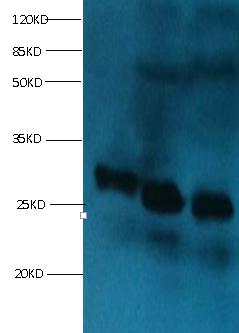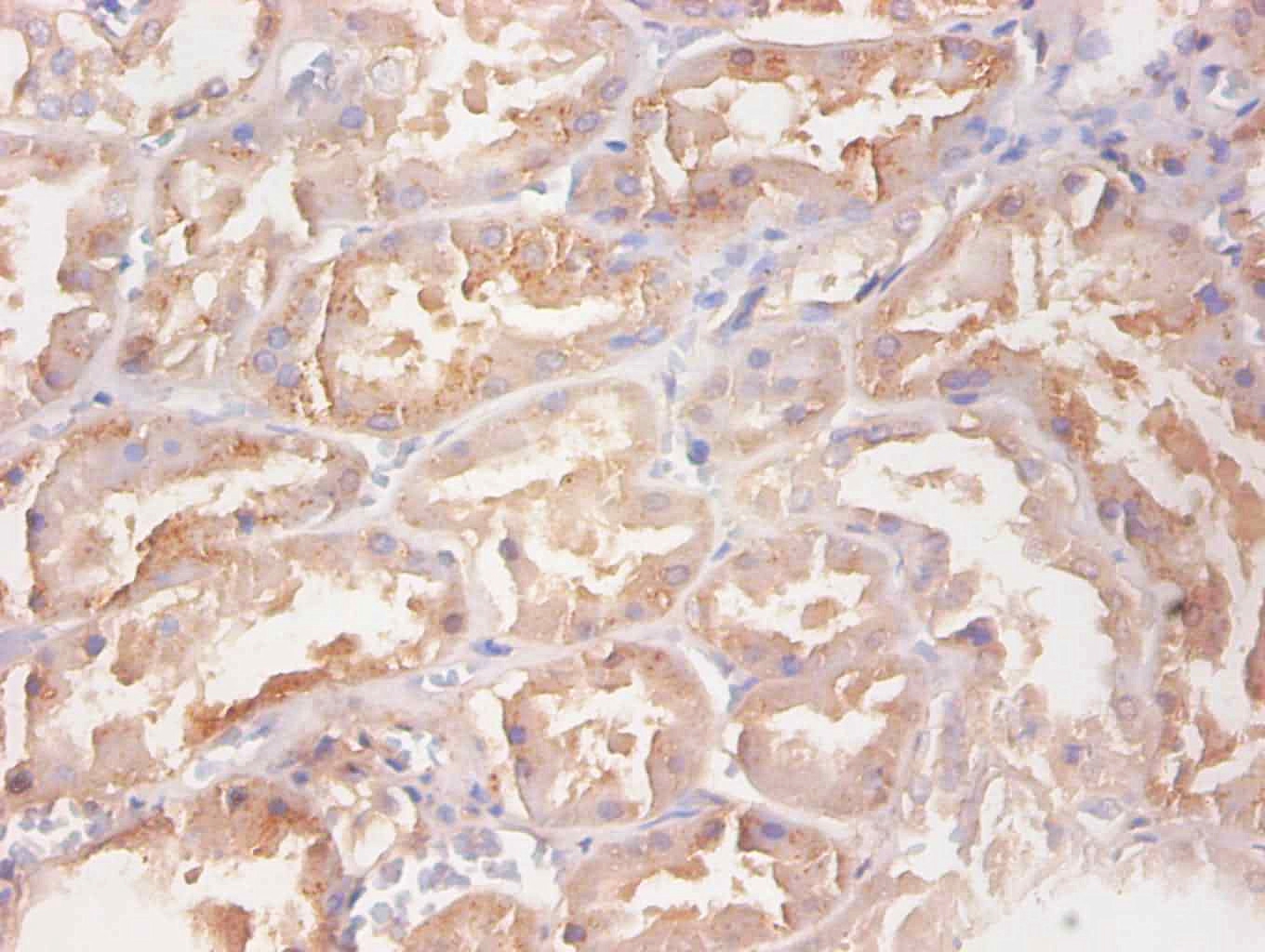Retinol (Vitamin A) is transported in the blood bound to its carrier protein, retinol-binding protein (RBP), also designated plasma retinol-binding protein (PRBP) or RBP4. A member of the lipocalin family, RBP conveys retinol from stores in the liver to peripheral tissues. In plasma, RBP binds transthyretin (TTR, formerly called prealbumin) to prevent glomerular filtration of low molecular weight RBP in the kidneys. The stability of this complex holds diagnostic importance because the molar ratio of RBP:TTR provides an indirect way to indicate marginal vitamin A deficiency. Vitamin A deficiency blocks the secretion of RBP resulting in defective delivery and supply to epidermal cells. Originally identified solely as a transporter protein, recent studies correlating increased levels of RBP expression in adipose tissue with insulin resistance have generated research into the possible roles the protein may play in the pathogenesis of type 2 diabetes and obesity.
[1] Zhou F, Huang Q, Dai X, Yin J, Wu J, Zhou H, Gong Z, Liu Z. Impact of retinol binding protein 4 polymorphism on rosiglitazone response in Chinese Type 2 diabetic patients. Zhong Nan Da Xue Xue Bao Yi Xue Ban. 2011 Oct;36(10):949-57. [2] Mellati AA, S




